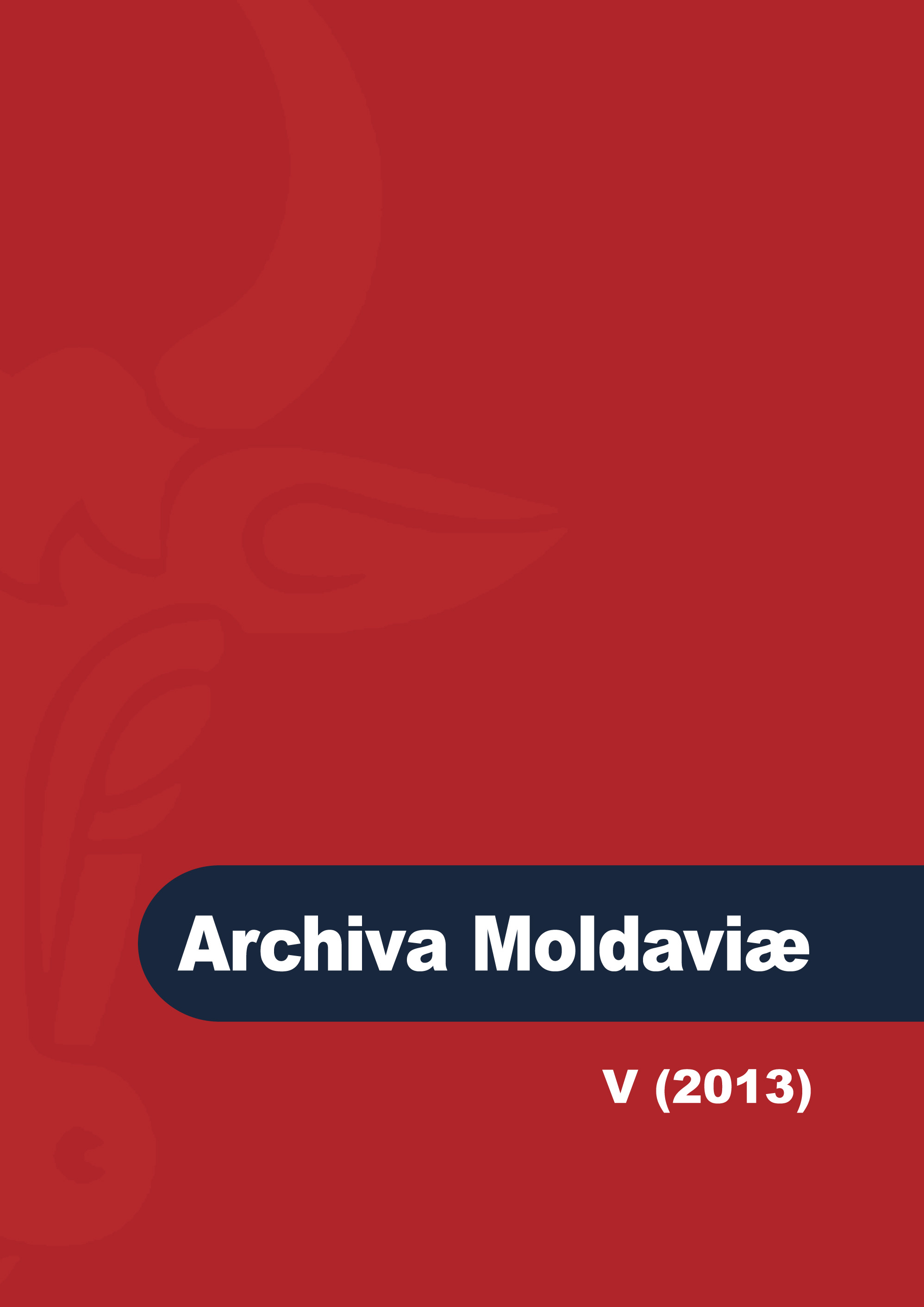Stemele şi drapelele satelor Bălceana, Buţeni, Fârlădeni, Mingir şi Sărata-Galbenă (raionul Hânceşti)
The coats of arms and flags of the villages of Bălceana, Buţeni, Fârlădeni, Mingir et Sărata-Galbenă
Author(s): Silviu Andrieș-TabacSubject(s): Local History / Microhistory
Published by: Societatea de Studii Istorice din România
Keywords: coat of arms; flag; territorial heraldry; territorial vexillology; village of Bălceana; village of Buţeni; village of Fârlădeni; village of Mingir; village of Sărata-Galbenă; rayon of Hânceşti, Republ
Summary/Abstract: The region of Hânceşti has been very auspicious to the development of the national heraldry, the local authorities being among the pioneers and leaders in promoting the territorial heraldic and vexillological symbols. The district (rayon) of Hânceşti was one of the first to establish both a coat of arms and a flag in 2004. The town of Hânceşti adopted his complete coat of arms and also an impressive municipal flag in 2000. The village of Lăpuşna, a beautiful medieval city and the residence of the homonymous district, finalized its symbols in 1999, becoming the first village of the Republic of Moldova to have a coat of arms and a flag officially registered. In the last years, five villages of this district have adopted their regular coats of arms and flags: Mingir in 2006, Fârlădeni in 2008, Sărata-Galbenă in 2010, Buţeni in 2013 and Bălceana in 2014. Elaborated by the author and the painters Iurie Caminschi and Mariana Şlapac, the achievements of these villages, as well as the coat of arms of the same district (foremost instituted), are illustrating the efforts of the National Committee of Heraldry for the development of the traditional European heraldry – following a tradition attested in the Principality of Moldavia during the Middle Ages.
Journal: Archiva Moldaviae
- Issue Year: V/2013
- Issue No: 5
- Page Range: 53-69
- Page Count: 17
- Language: Romanian

